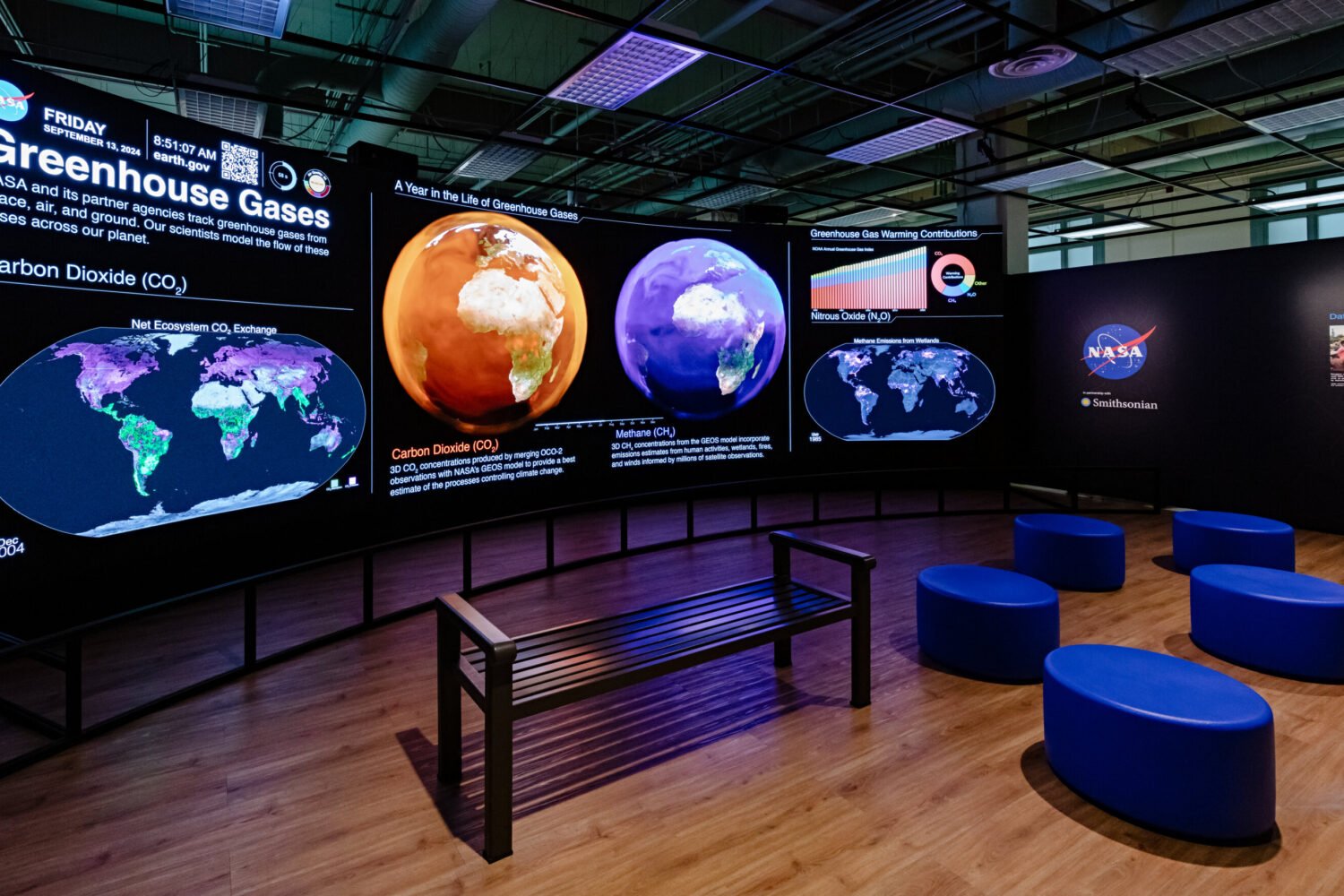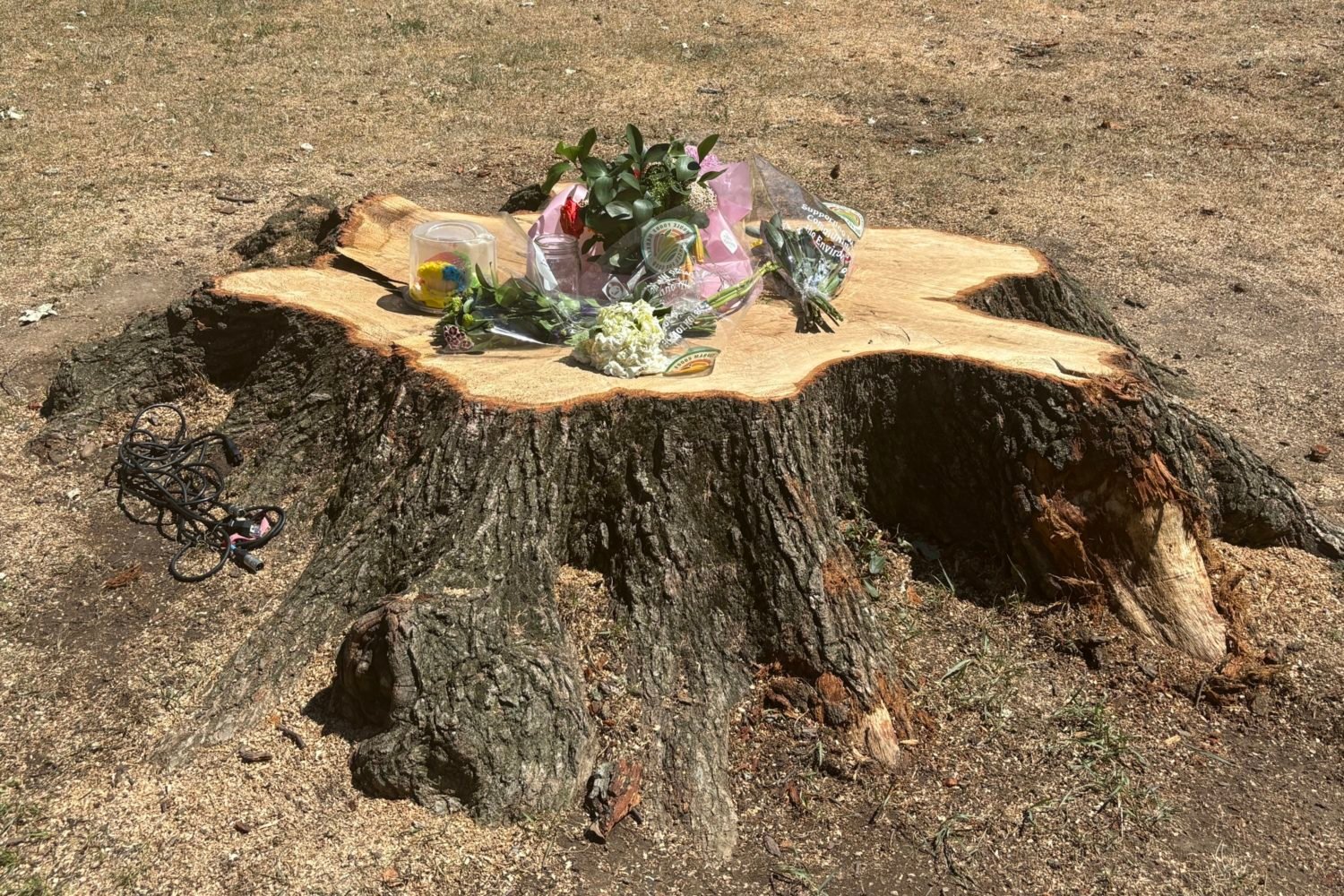Are we becoming … California? Last week, wildfire smoke choked the region—and this week, an unusually dry spring prompted federal and state officials to begin daily drought monitoring of the DC area.
The good news, according to weather prediction models, is that showers are coming soon, which means our current drought could recede before many Washingtonians even notice it. Moreover, both temperature and overall rain levels this summer will probably be above normal—which means our water supply should remain secure, even if our sticky undershirts pay the price.
However, that may not be the case in the future. The year’s dry period came earlier in the season than most, worrying water providers, who say that dry years likely will become more severe as climate change warms the planet.
“Our models show that the Potomac basin is going to get wetter and hotter over time, but the variability is going to increase,” says Michael Nardolilli, executive director of the Interstate Commission on the Potomac River Basin. “In other words, the wet years will be wetter and the dry years are going to be drier. A dry year could be turbocharged by climate change.”
This is particularly troublesome, Nardolilli says, because places like DC and Arlington don’t have much of an insurance policy against drought—both cities are entirely dependent on the Potomac for drinking water, and have only a one-day backup supply.
On Sunday, June 11, the flow of the Potomac at Point of Rocks, in Maryland, reached as low as 2,000 cubic feet per second, prompting officials to start daily drought monitoring. As of Wednesday, flows were back above 2,000 feet after a paltry rain, but the commission will continue keeping a close watch on river levels and water usage.
Even if you haven’t felt the impacts of the drought, you might notice them at local farm stands or in your CSA box. Farms from Pennsylvania to Virginia are struggling with the lack of rainfall.
“The drought is impacting almost all the farmers here in one way or another,” says Doug Tregoning, an agricultural agent with the University of Maryland’s College of Agriculture and Natural Resources. “Their pastures are drying up and the grass isn’t growing very well so there’s less for livestock to eat. Crops may not be growing very well. They’re at the mercy of what they get from Mother Nature.”
Severe droughts struck Washington in the 1930s and 1966, and a less dire drought lasted from 1999 through 2002. “We’re a long way from that,” Nardolli says. But, he adds: “Most people think that it’s just the west that has to worry, but there have been these historical droughts in the Potomac basin.”



















